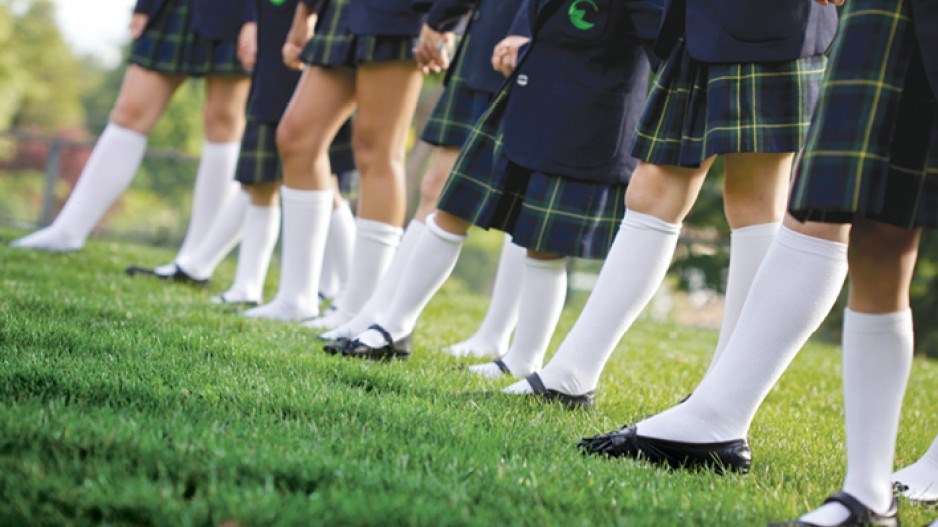The labour feud that's prompted rotating teacher strikes and heated debate about the state of public education in B.C. is expected to produce one clear winner: independent schools.
Total enrolment in the province's 353 independent schools has been growing steadily since 2001 while the number of public school students has been falling. Contract disputes between government and the BC Teachers' Federation (BCTF) tend to feed that trend.
Peter Froese, executive director of the Federation of Independent School Associations of BC, said the previous round of bargaining, which resulted in low-level job action by teachers in 2011-12, contributed to a 4% jump in independent-school enrolments the following year.
The average annual increase is between 1% and 2%.
“Whenever there's disruption [in the public school system], there's definitely an increase in growth for us,” he said.
Most of that growth was in central and northern B.C., the Cariboo and the Kootenays, he said, noting that many independent schools in Metro Vancouver and on Vancouver Island are full.
A 2012 Fraser Institute study found more than 2,000 students on wait-lists for spaces in independent schools in Metro Vancouver and the Fraser Valley. These schools are unable to expand to meet demand because of the high cost of purchasing and developing land, the institute reported.
Independent schools enrol about 13% of B.C.'s school-aged population, with a total of 76,072 students this year. Public schools, meanwhile, have lost more than 60,000 students since 2002.
Enrolment in independent online schools, meanwhile, has shot up 150% since 2007-08, to 8,730 full-time students from 3,473.
Independent schools vary widely, as do their fees. Annual tuition ranges from $1,000 at some schools to $17,000 at university-preparatory schools such as York House and St. George's in Vancouver.
Most independent schools, described as Group 1, receive 50% of the per-pupil grant for public school students because their operating costs are similar. University-preparatory schools, in Group 2, get 35% because they spend more per student.
Those elite schools usually have small classes of 20 or fewer students. But in Group 1 schools, the learning and working conditions – which are at the heart of BCTF contract demands – are similar to those in the public system, Froese said. Group 1 schools have similar class sizes and roughly the same percentage of designated special needs students as public schools. But Froese said public schools have a higher percentage of learning-disabled students who aren't designated and don't trigger extra funding. “There are definitely more challenges in the public sector,” he said. “They do need more resources.”
Terry Berting, president of the BC Confederation of Parent Advisory Councils, said he's heard from anxious parents since teachers began rotating strikes and government responded with a partial lockout.
“A lot of people are frustrated by the politics and the rhetoric,” he said. “They're fed up.”
His concern is shared by Patti Bacchus, chairwoman of the Vancouver board of education. She said she worries that the latest contract fight suggests public schools have become war zones “and no parent wants to send their kids into that.”
But that impression is far from true, she said. “It's not a broken system. It's hungry and it's tattered … but we get really good outcomes for most kids.”




